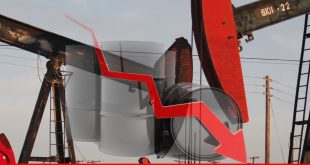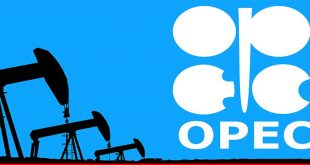The tough-guy image of Putin has spelled much misery to Russian commoners than any good to the country. The US and the West have never been comfortable with this man; his actions have always been under a powerful scanner. He gave his foes a chance to be mean with his Ukrainian offensive. The sanctions came as an automated response sending the Russian economy and people into a state of turmoil.
Russia has a history of confrontation with the global “almighty (s).” It annoyed them by challenging capitalism with the introduction of a hastily-made, less-realistic economic product, Marxism. Carl Marx, instead of presenting the downtrodden masses with a viable alternative to rival a well-entrenched, well-organized economic system – capitalism – just picked an open end of the yarn of capitalism and put behind its criticism the entire weight of his argument. The idea of “surplus value” was derived from a business accounting term “gross margin.” Moreover, Marxism never came up with an alternative business accounting system or radically different micro and macro economics indicators. The brief light of hope for the downtrodden lit by the October 1917 Russian revolution was lost between Stalinism and Trotskyism.
The so-called 1990 demolition of communism has by no means sent the message of final victory to the rival camps. The camps are still having field days as they are apprehensive of the shortcomings of their own system and the possibility of resurgence of a subsided phobia. With the return of Vladimir Putin to Kremlin, the rival camps were busy working overtime to find new chinks in the rival armors. They were not made to wait too long. The Ukrainian folly came handy to them. Slapping of economic sanctions in these days the sure way to pin your rivals down, especially in case of a rival like Russia with whom a military confrontation is not as easy as it had been in the case of Iraq. Like a pincers attack, more pressure on Russia came from oil-fields where revenues shrank like a stray bird trapped in a hailstorm.
After the collapse of Soviet Union, Russian economy has gone through a roller-coaster journey. During Yeltsin era, the “shock therapy” treatment prescribed by the world economists including Larry Summers of the United States, pulled down the Russian economy to the point of disaster. In the recovery phase that extended from 1999 to 2008, the Russian economy recorded an average annual growth of 7 percent and got itself included in the list of BRIC – world’s fast-emerging economies: Brazil, Russia, India and China — in terms of a Goldman Sachs report. The 2008 global financial crisis and the plunging oil prices once again dragged down the Russian economy radically reducing its growth to a negligible 0.6 percent in 2014. The Russian Economic Development Ministry has cut down its annual growth forecast through 2030 to a meager 2.5 percent. The following CIA verdict on the rise and fall the Russian economy has recorded since its baptism as a free market economy makes an interesting read: “Russia has undergone significant changes since the collapse of the Soviet Union, moving from a globally-isolated, centrally-planned economy towards a more market-based and globally-integrated economy, but stalled as a partially-reformed statist economy with a high concentration of wealth in officials’ hands.”
More miseries to Russian people
Apart from the logical economic downturn resulting from falling oil prices, the people of Russia have been a victim of government actions affecting the outer world. The Putin government’s Ukrainian offensive has placed them (the people) in a tight economic corner. The nose-diving ruble and skyrocketing prices have wiped off their real income. Putin government’s retributive response to sanctions include the ban on Western imported goods has brought more miseries to the people of Russia. Besides a more than 100% ruble plunge during 2014, they face whopping food inflation. According to AFP Moscow, cucumber and tomato prices have gone up by 478 and 338 percent respectively. The same source has very recently revealed that the Russian supermarkets have slapped a price freeze on twenty items of basic need and social importance.
Russian ruble maintained a stable stance during the years 2009-13 when a range-bound rate of 29-32 rubles a dollar prevailed. Thereafter, a ruble free-fall ensued and the Russian central bank pumped enormous amounts of dollars into the economy besides playing with the key rate off and on to prop up the domestic currency. A shock increase of 6.5 percent in one go and then a drop of 2% in the rate speaks volumes about the quandary the bank finds itself in. The dual aspect of a diluting ruble and a receding economy is not easy to comprehend, leave alone contro. The consequences of poor economic planning and irresponsible military actions are now the lot of the low-income groups of Russia.
 PAGE Blog Business Weekly Magazine
PAGE Blog Business Weekly Magazine

